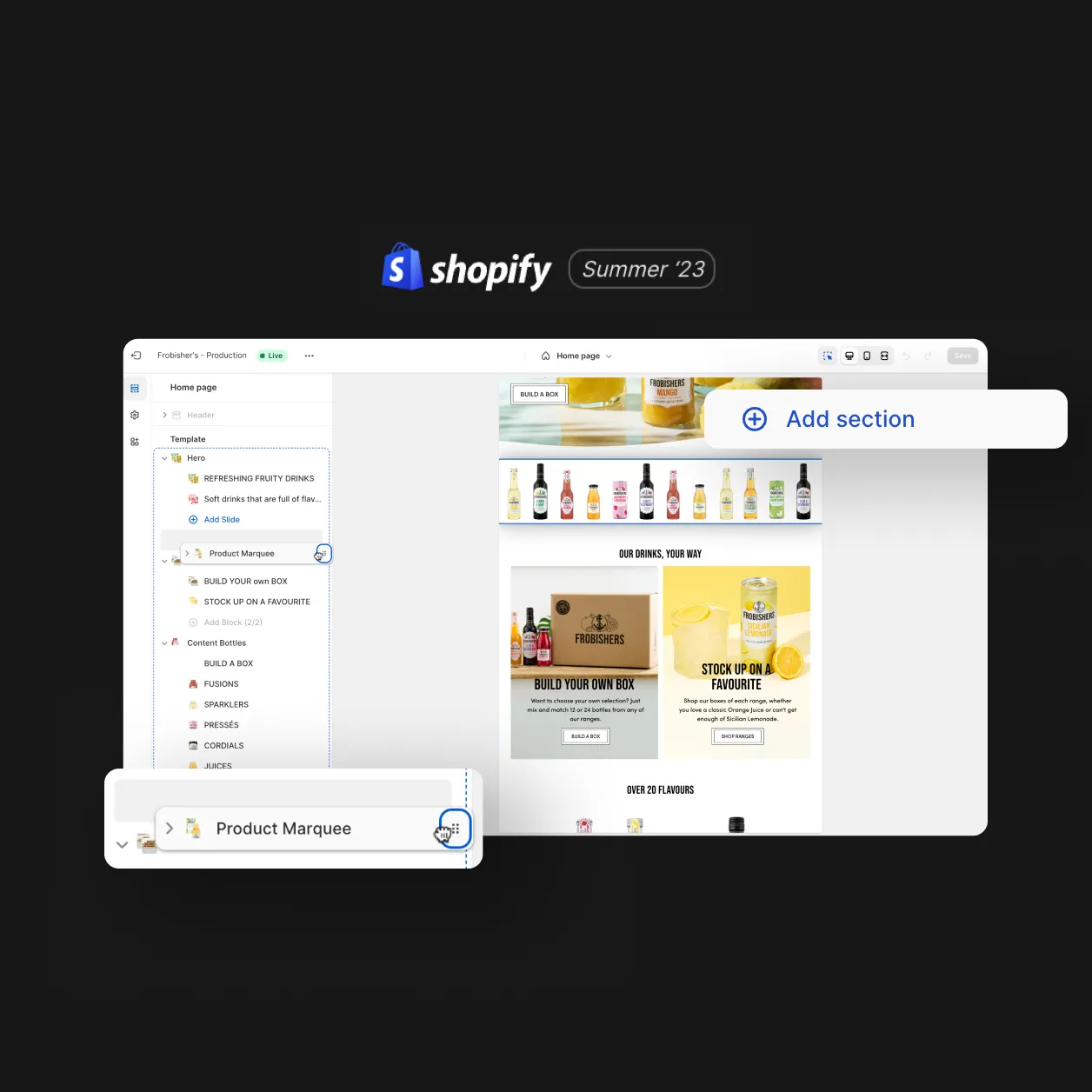Many of our clients have a website built and while it ticks the boxes, there are things that could be improved as no website is ever perfect. Gone are the days when simply having a presence on the web is enough. It’s no longer just a shop door; that door opens and people want to look around, regardless of how big or small your business is.
Building a website:
When creating a website, there is a lot of confusion around the role of a web designer & SEO (Search Engine Optimisation). Do not assume that every web developer knows how to make a site that is visible to search engines or that they can drive traffic to that site. A good way of explaining the relationship between a developer and an SEO is through the analogy of building a house.
- An architect is the SEO – they know how to plan content starting with keyword research and analytics data to determine why people might want pages laid out in a certain way, thus creating a better user experience. SEO’s, like architects, create a set of recommendations for the builder to follow – the better the instructions the better (and more visible) the final product.
- The builder is the web developer. They understand what is needed in order to create the structure, its layout and visuals to create an attractive end product. A good web developer won’t need an SEO to tell them what makes an intuitive site. However, that web developer is unlikely to look at analytics performance, carry out keyword research around relevant terms for the client’s industry and consider indexation from the perspective of a search engine as well as visitor.
A builder can make a house but a great house generally requires an architect. In reality, most house builds won’t have the budgets to work with multiple specialists using bespoke designs and avant-garde features. The same is true when it comes to websites, big brands will use creative agencies, UX specialists, SEO agencies, web agencies and conversion optimisation specialists to create a fantastic website like ASOS.

Smaller-scale businesses simply won’t have the money to replicate this level of design and considered detail, which means compromising on resources going into the build. However, you still need to find that balance between creating a site that represents your business but is also found by your audience.
There is scope for skills to overlap, an architect might know how to lay bricks but a brickie will always do a better job. The same is true for websites. An SEO can create a website but is unlikely to create something as visually stimulating as a web developer. If you do find someone who can do both – don’t let them go! While it may be difficult to source these skills, the most important thing is to work with people that take a methodical approach to digital.
Client Input:
In any creative sector when a client has a clear idea of what they want and are able to explain that effectively, they should (in theory) get what they expected, be it a building or a website. That said, with any creative work there is always a degree of subjectivity. Don’t be afraid to challenge ideas put forward by your web developer because you should never assume someone knows your business as well as you do. Set aside time to plan and input your opinion on the content you need your website to illustrate.
As with any build, it’s an advantage to consider as much as possible before you start. Trying to retrofit a website feature will generally throw up more problems than if it had been considered prior to development.
How does your website compete in a competitive market? Are your guests happy to visit or would they rather spend time with a competitor? If you simply don’t know or you’re planning a new website and want to look at digital in a different light contact us.





